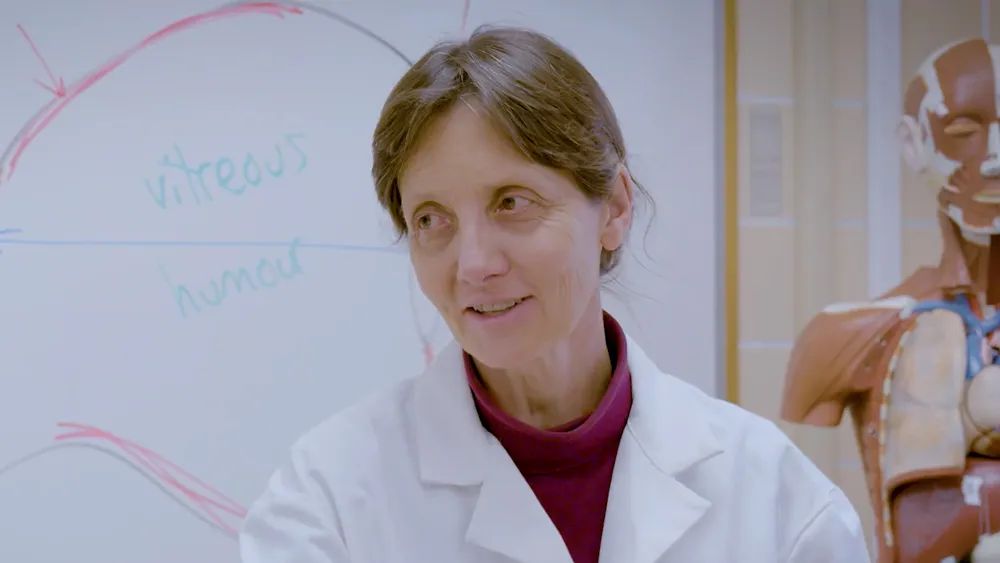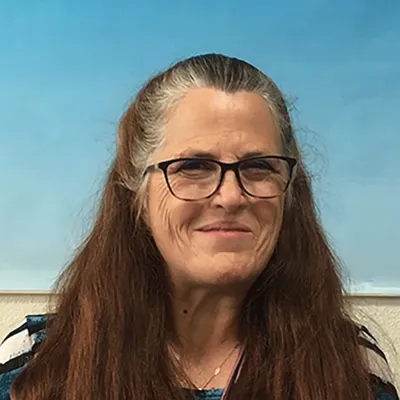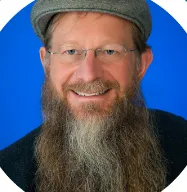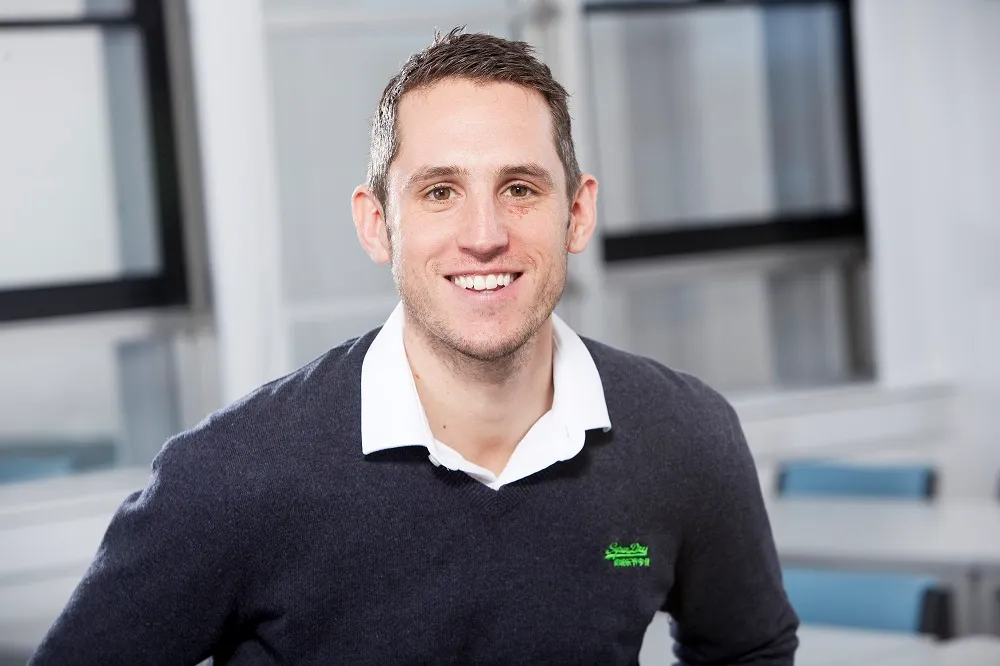Heading 1
Heading 2
Heading 3
Heading 4
Heading 5
Heading 6
Lorem ipsum dolor sit amet, consectetur adipiscing elit, sed do eiusmod tempor incididunt ut labore et dolore magna aliqua. Ut enim ad minim veniam, quis nostrud exercitation ullamco laboris nisi ut aliquip ex ea commodo consequat. Duis aute irure dolor in reprehenderit in voluptate velit esse cillum dolore eu fugiat nulla pariatur.
Block quote
Ordered list
- Item 1
- Item 2
- Item 3
Unordered list
- Item A
- Item B
- Item C
Bold text
Emphasis
Superscript
Subscript
About This Simulation
Explore the photoelectric effect with Albert Einstein! Perform an experiment to test the wave model and discover that light is actually made up of photons. Use this knowledge to set up an efficient solar farm to power the time machine and send him home.
Learning Objectives
- Demonstrate the principles of the photoelectric effect experimentally
- Identify how the particle model can explain the photoelectric effect where the wave model cannot
- Detail the basics of how solar panels use the photoelectric effect to generate electricity
About This Simulation
Lab Techniques
- Observing characteristics of the photoelectric effect
Related Standards
- HS-PS4-5
Learn More About This Simulation
Albert Einstein has traveled from the past to give you a private lesson! In this simulation, you will learn all about the photoelectric effect and how it is used by solar panels to generate renewable energy. With Einstein, you’ll perform an experiment and discover that the wave model of light cannot explain the effect. You’ll learn that light is actually made up of particles called photons! Applying your new knowledge of the photoelectric effect to solar panels, you will set up an efficient solar farm to power the time machine and send Einstein safely back to the past!
Experiment with the photoelectric effect
Illuminate a metal plate and watch in amazement as photoelectrons are emitted! Try changing the frequency and intensity of the light or the metal of the plate and see what happens. Einstein will guide you through the photoelectric effect experiment, prompting you to make important observations along the way. While investigating, you will discover for yourself the many ways that the photoelectric effect conflicts with the wave model of light! Why is there a threshold frequency? Should there not be a delay after I switch on the light? All these questions will be answered by the photon model!
Is light a wave?
The photoelectric effect cannot be explained by the wave model of light, but it can be explained if light acts like a particle! As you make your observations, Einstein will identify each conflict and take you through the ideas that led him to his Nobel Prize-winning theory: the photon model of light! You will then return to the experiment, this time to see how photons and electrons interact with each other and use this to explain what you see!
The power of the Sun!
The time machine battery is dead! In a stroke of luck, you find yourself in the control room of an old solar farm. After discovering how solar panels use the photoelectric effect to generate renewable electricity, you will rebuild the farm. Applying your understanding of the photon model, you will see why we must maximize the exposed surface area of the solar panels to generate as much current as possible. Can you use the power of the Sun to recharge the time machine and send Einstein home before history is changed forever?
For Science Programs Providing a Learning Advantage
Boost STEM Pass Rates
Boost Learning with Fun
75% of students show high engagement and improved grades with Labster
Discover Simulations That Match Your Syllabus
Easily bolster your learning objectives with relevant, interactive content
Place Students in the Shoes of Real Scientists
Practice a lab procedure or visualize theory through narrative-driven scenarios


FAQs
Find answers to frequently asked questions.
Heading 1
Heading 2
Heading 3
Heading 4
Heading 5
Heading 6
Lorem ipsum dolor sit amet, consectetur adipiscing elit, sed do eiusmod tempor incididunt ut labore et dolore magna aliqua. Ut enim ad minim veniam, quis nostrud exercitation ullamco laboris nisi ut aliquip ex ea commodo consequat. Duis aute irure dolor in reprehenderit in voluptate velit esse cillum dolore eu fugiat nulla pariatur.
Block quote
Ordered list
- Item 1
- Item 2
- Item 3
Unordered list
- Item A
- Item B
- Item C
Bold text
Emphasis
Superscript
Subscript
A Labster virtual lab is an interactive, multimedia assignment that students access right from their computers. Many Labster virtual labs prepare students for success in college by introducing foundational knowledge using multimedia visualizations that make it easier to understand complex concepts. Other Labster virtual labs prepare learners for careers in STEM labs by giving them realistic practice on lab techniques and procedures.
Labster’s virtual lab simulations are created by scientists and designed to maximize engagement and interactivity. Unlike watching a video or reading a textbook, Labster virtual labs are interactive. To make progress, students must think critically and solve a real-world problem. We believe that learning by doing makes STEM stick.
Yes, Labster is compatible with all major LMS (Learning Management Systems) including Blackboard, Canvas, D2L, Moodle, and many others. Students can access Labster like any other assignment. If your institution does not choose an LMS integration, students will log into Labster’s Course Manager once they have an account created. Your institution will decide which is the best access method.
Labster is available for purchase by instructors, faculty, and administrators at education institutions. Purchasing our starter package, Labster Explorer, can be done using a credit card if you are located in the USA, Canada, or Mexico. If you are outside of North America or are choosing a higher plan, please speak with a Labster sales representative. Compare plans.
Labster supports a wide range of STEM courses at the high school, college, and university level across fields in biology, chemistry, physics, and health sciences. You can identify topics for your courses by searching our Content Catalog.



















